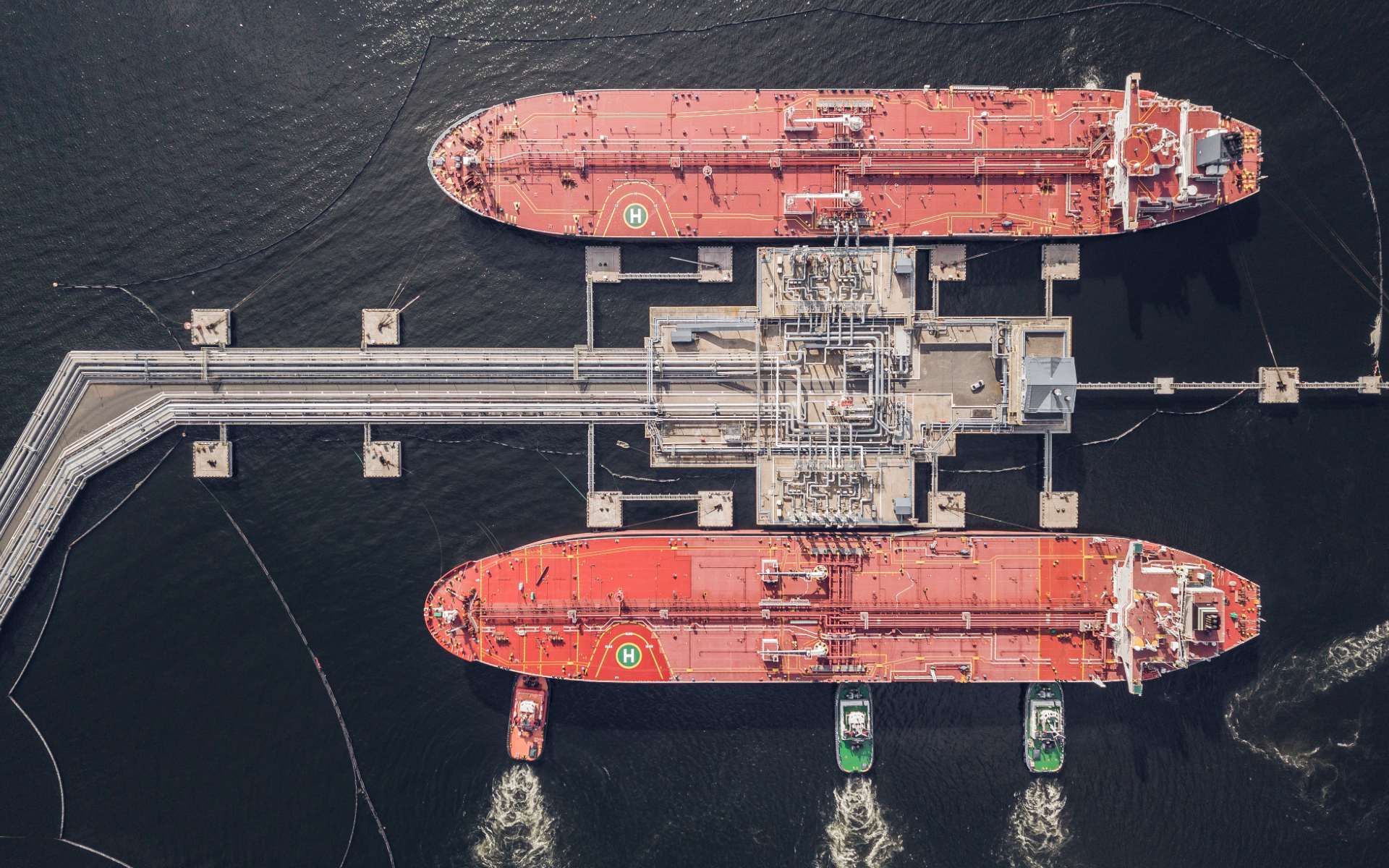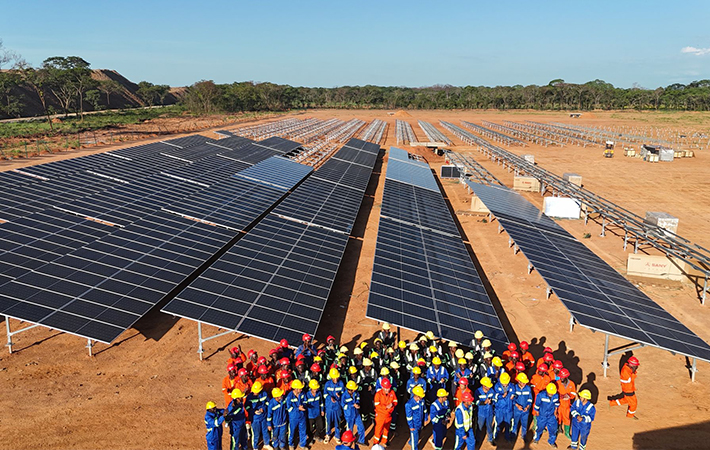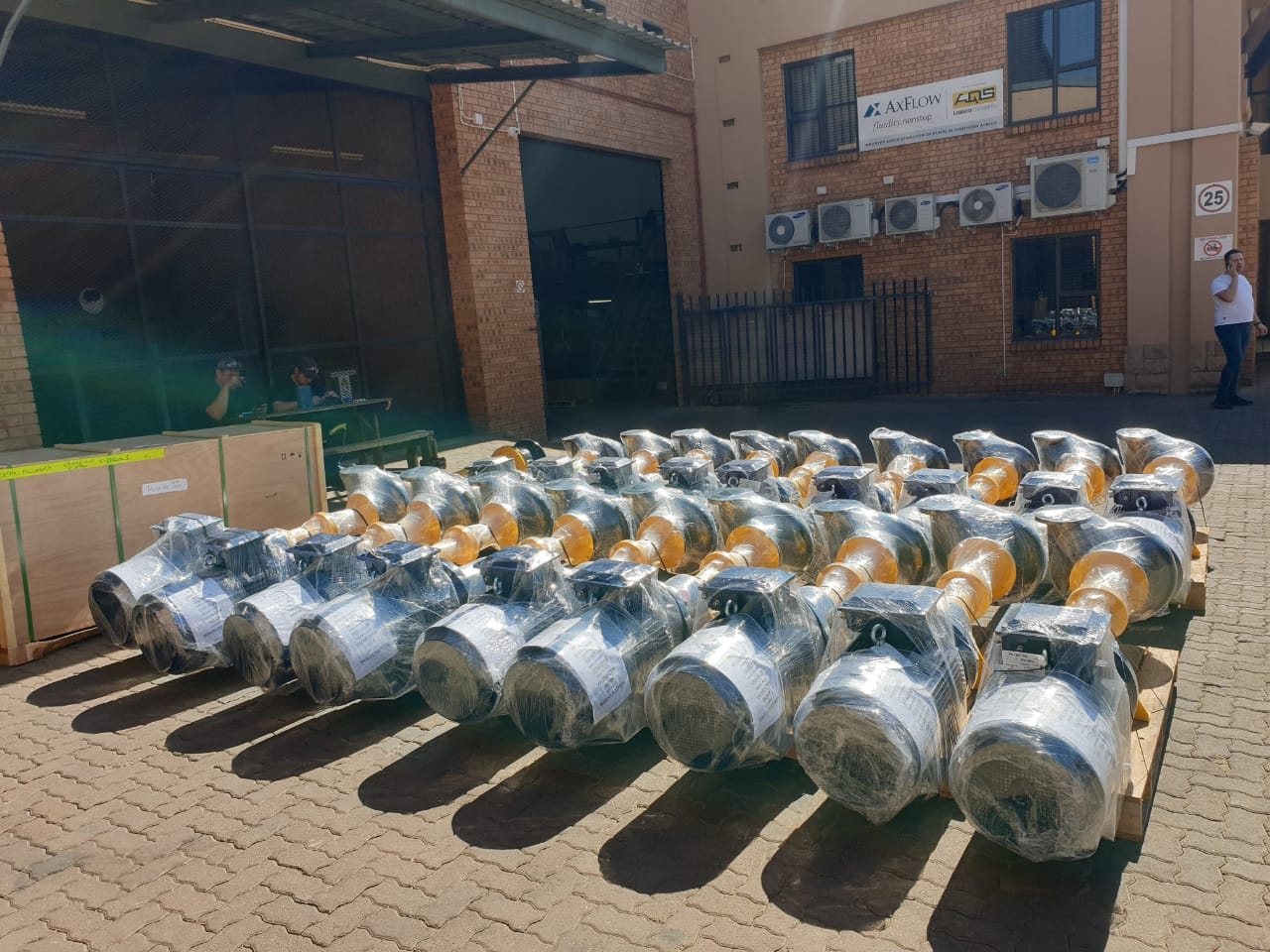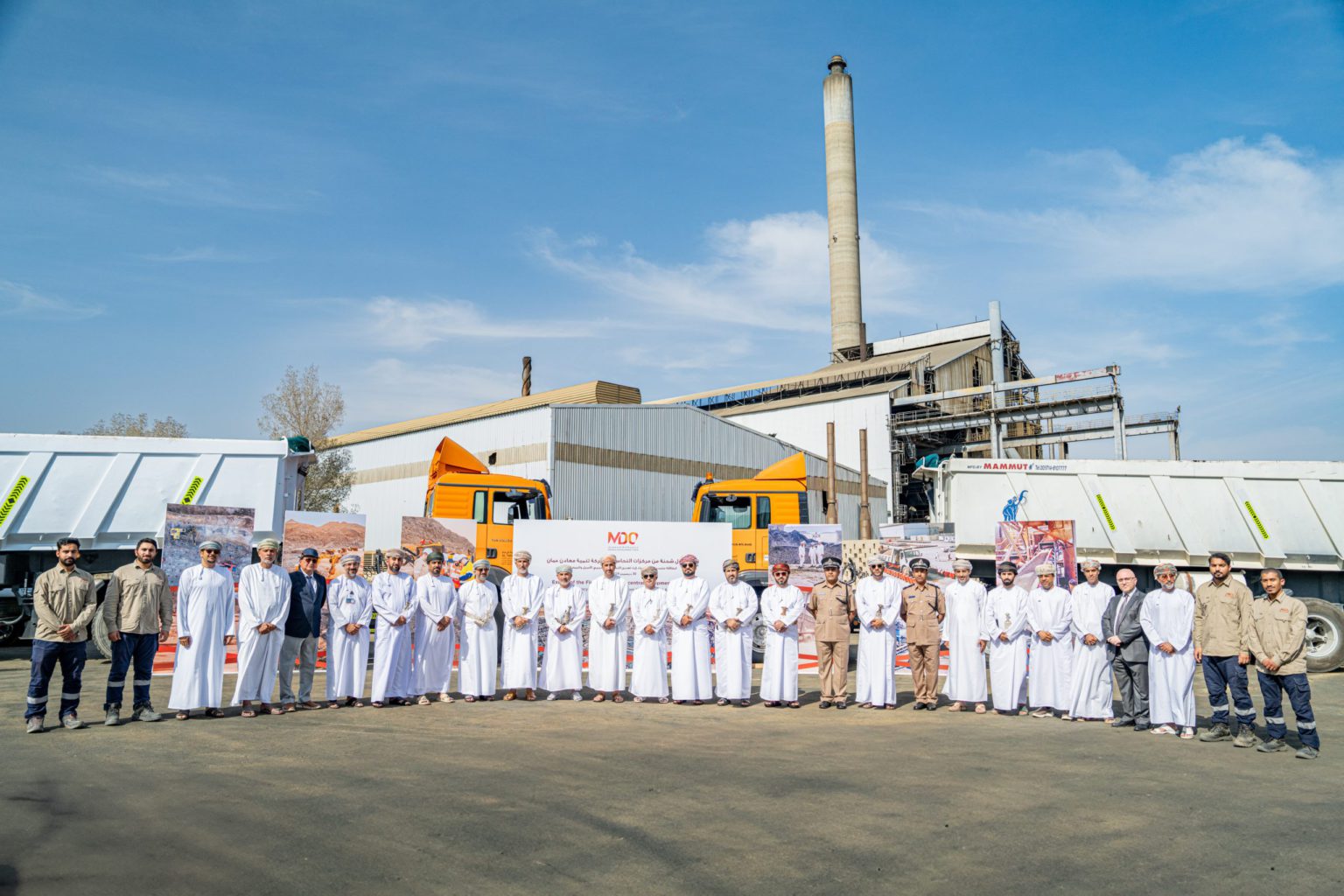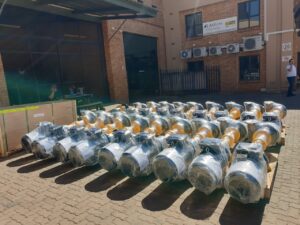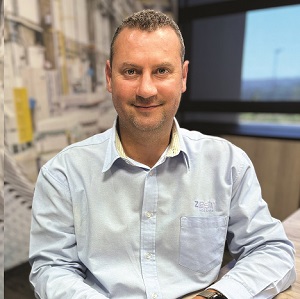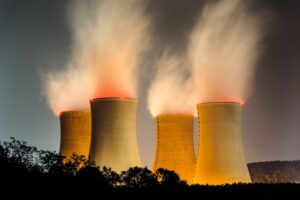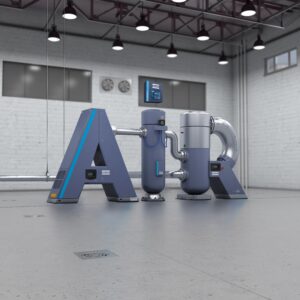Africa’s Future LNG Exporters
Global gas demand is forecast to grow by 2.5% in 2024, equivalent to 100 billion cubic meters (bcm). With over 620 trillion cubic feet of proven gas reserves, Africa is expected to contribute to meeting this demand, as new projects start exporting to international markets as soon as 2024.
Mozambique
Mozambique has marked its presence globally as a gas-exporting country with its inaugural Coral Sul LNG project. The project delivered its first shipment of LNG to Croatia in Q4, 2022, signaling the start of LNG exports. The Coral-Sul FLNG facility, with a gas liquefaction capability of 3.4 million tons per annum (mtpa), is expected to extract and produce 450 billion cubic meters of gas from the Coral reservoir for export to European markets.
In addition to Coral Sul, the country is making strides towards getting other LNG infrastructure online. Notably, the Rovuma LNG terminal – spearheaded by supermajors Eni and ExxonMobil – is expected to produce 7.6 mtpa of LNG. The project, located in Cabo Delgado Province, is set to come online between 2027 and 2028 and will contribute towards Mozambique’s LNG export capacity. The project is currently scheduled to complete the Front-End Engineering and Design (FEED) process this year.
The MSGBC Region
Mauritania and Senegal are expected to start exporting LNG to European markets by Q3 2024. The Greater Tortue Ahmeyim LNG Project, spanning the maritime border between the two countries, is nearing completion, set to yield 2.3 mtpa in its first phase, with the completed phases expected to produce up to 10 mtpa.
Additionally, the BirAllah Conventional Gas Field – situated offshore Mauritania – is currently in its feasibility stage and is set to start commercial production in 2028. Production is forecasted to peak in 2030, targeting 13 trillion cubic feet (tcf) of natural gas in Mauritania’s offshore Block C8 at a depth of 2,500 meters.
Meanwhile, Senegal’s Yakaar-Teranga Conventional Gas Field – located in ultra-deepwater – is making headway. The Yakaar-Teranga field is expected to supply the Yakaar-Teranga LNG Hub with natural gas, with a targeted LNG production capacity of 10 million mtpa. The development plan involves producing 550 million cubic feet per day of gas, with a significant portion earmarked for export to European markets through a floating LNG vessel.
Republic of Congo
Energy major Eni delivered the first gas to its Tango FLNG facility in the Republic of the Congo in December 2023. Tango FLNG, with a liquefaction capacity of one bcm annually and a storage capacity of 16,100 cubic meters, is expected to produce its initial LNG cargo by Q1 2024. Additionally, a second FLNG vessel with a 3.5 bcm annual capacity is under construction in China, set to commence production at the Congolese project in 2025. These facilities – located in the Marine XII concession – aim to supply the domestic market with electricity while exporting LNG internationally – primarily to Europe.
Tanzania
Tanzania, with an estimated 17 trillion cubic meters of gas reserves, is positioning itself as an LNG export hub through its Tanzania LNG project. According to Tanzanian President Samia Hassan, Tanzania’s LNG project is slated to become the country’s largest initiative, with the earliest shipment of gas expected in 2030. This will enable Tanzania to leverage its gas reserves for domestic use while exporting to Asian and European markets, positioning the nation as a key player in the evolving energy landscape.
In addition to Tanzania LNG, the country signed a Memorandum of Understanding with Mozambique in November 2023, marking a collaborative effort to jointly develop a shared natural gas reservoir. Tanzania’s exploration of this reservoir aims to produce gas for both domestic and regional supply, including potential exports. Meanwhile, Tanzania’s Zafarani Complex, a conventional ultra-deepwater gas development, is currently in the feasibility stage, targeting commercial production in 2029. The final investment decision is expected in 2025. Activities at the complex will involve drilling 15 wells and installing subsea manifolds and trees.
Share this content:
